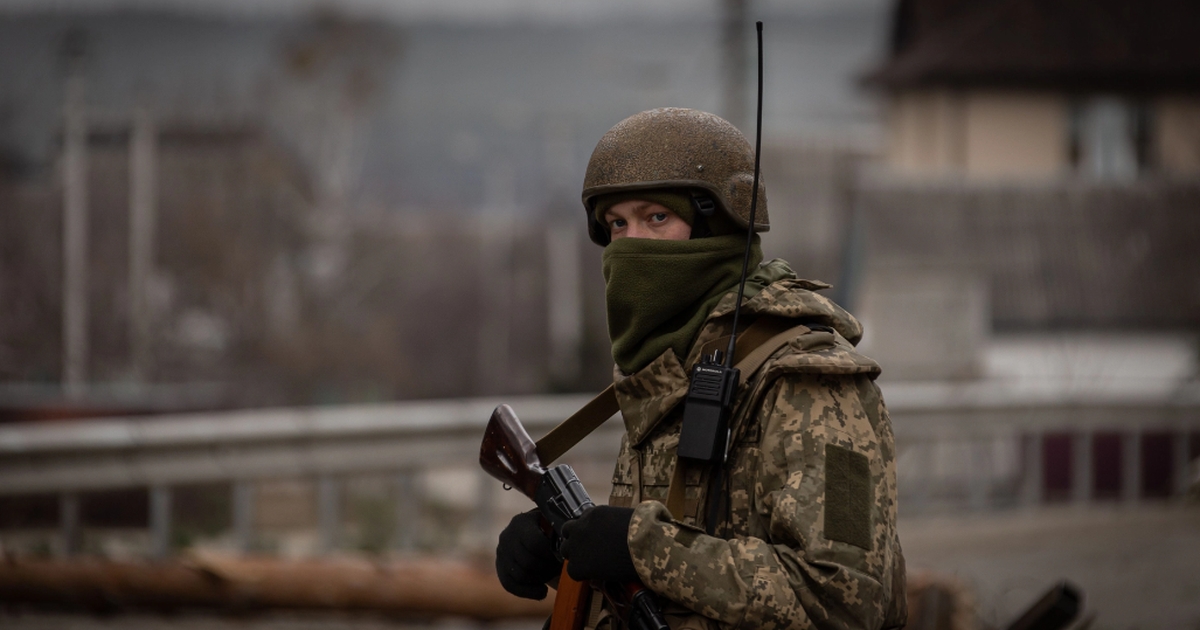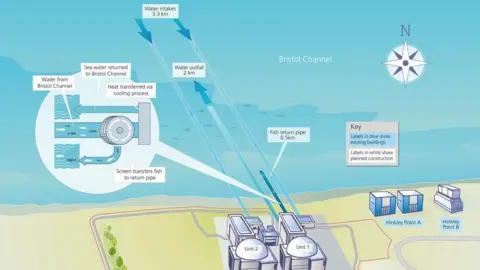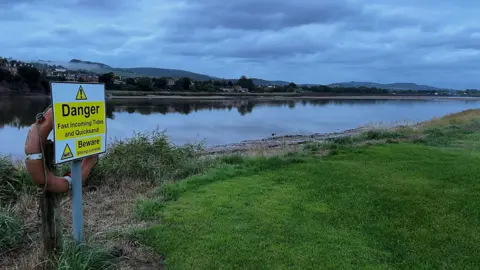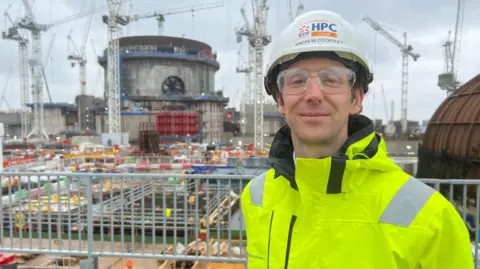WASHINGTON — The FBI has arrested an Afghan man who officials say was inspired by the Islamic State militant organization and was plotting an Election Day attack targeting large crowds in the U.S., the Justice Department said Tuesday.
Nasir Ahmad Tawhedi, 27, of Oklahoma City told investigators after his arrest Monday that he had planned his attack to coincide with Election Day next month and that he and a co-conspirator expected to die as martyrs, according to charging documents.
Tawhedi, who arrived in the U.S. in 2021, had taken steps in recent weeks to advance his attack plans, including by ordering AK-47 rifles, liquidating his family’s assets and buying one-way tickets for his wife and child to travel home to Afghanistan.
The arrest comes as the FBI confronts heightened concerns over the possibility of extremist violence on U.S. soil, with Director Christopher Wray telling The Associated Press in August that he was “hard pressed to think of a time in my career where so many different kinds of threats are all elevated at once.”
“Terrorism is still the FBI’s number one priority, and we will use every resource to protect the American people,” Wray said in a statement Tuesday.
An FBI affidavit does not reveal precisely how Tawhedi came onto investigators’ radar, but cites what it says is evidence from recent months showing his determination in planning an attack. A photograph from July included in the affidavit depicts a man investigators identified as Tawhedi reading to two young children, including his daughter, “a text that describes the rewards a martyr receives in the afterlife.”
Officials say Tawhedi also consumed Islamic State propaganda, contributed to a charity that functions as a front for the militant group and communicated with a person who the FBI determined from a prior investigation was involved in recruitment and indoctrination. He also viewed webcams for the White House and the Washington Monument in July.
Tawhedi’s alleged co-conspirator was not identified by the Justice Department, which described him only as a juvenile, a fellow Afghan national and the brother of Tawhedi’s wife.
After the two advertised the sale of personal property on Facebook last month, the FBI enlisted an informant to respond to the offer and strike up a relationship. The informant later invited them to a gun range, where they ordered weapons from an undercover FBI official.
Tawhedi was arrested Monday after taking possession of two AK-47 rifles and ammunition, officials said. The unidentified co-conspirator was also arrested but the Justice Department did not provide details because he is a juvenile.
After he was arrested, the Justice Department said, Tawhedi told investigators he had planned an attack for Election Day that would target large gatherings of people.
Tawhedi was charged with conspiring and attempting to provide material support to the Islamic State, which is designated by the U.S. as a foreign terrorist organization. The charge is punishable by up to 20 years in prison.
It was not immediately clear if he had a lawyer who could speak on his behalf. A message was left with the federal public defender’s office in Oklahoma City and no telephone numbers were listed for Tawhedi or his relatives in public records.
Tawhedi entered the U.S. on a special immigrant visa, a program that permits eligible Afghans who helped Americans despite great personal risk to themselves and their loved ones to apply for entry into America with their families.
Eligible Afghans include interpreters for the U.S. military as well as individuals integral to the American embassy in Kabul. While the program has existed since 2009, the number of applicants skyrocketed after the chaotic U.S. withdrawal from Afghanistan in August 2021.
—Associated Press writer Rebecca Santana in Washington contributed to this report.
















































































































































You must be logged in to post a comment Login